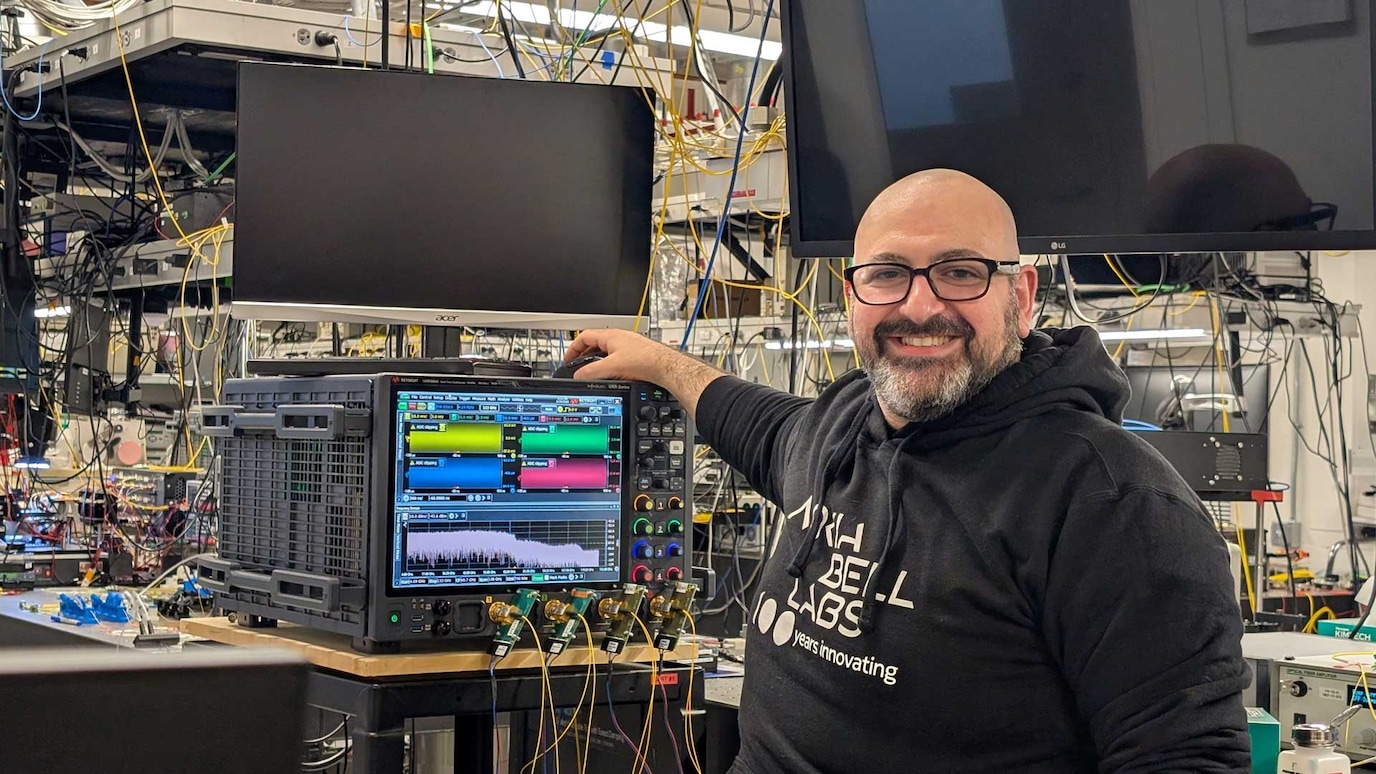Computer simulation is increasingly an essential element in the day-to-day information systems that support the activities of our complex, knowledge based society.
Arrival of the "information age" has brought with it unprecedented demands for modern telecommunications services.
In the early stages of development of specific transistor types, compromise performance targets are worked out that are both desirable from a circuit use standpoint and feasible from a fabrication
Calculations for the loss in an optical fiber splice, as a function of offset, tilt, diameter, or numerical aperture mismatch, have been reported by several authors.
Review-based websites such as, e.g., Amazon, eBay, TripAdvisor, and Booking have gained an extraordinary popularity, with millions of users daily consulting online reviews to choose the best servic
New concept for high coverage in fixed wireless broadband access systems based on a mmWave beam steering repeater.
A VLSI architecture for low complexity joint decoding and equalization for 1000Base-T Gigabit Ethernet is presented.
In modern DSL systems, multi-user crosstalk is a major source of performance degradation.
As one of the major key LTE-A technologies, coordinated multi-point transmission (CoMP) has been extensively investigated.
The design and fabrication of a W-band 64 element slot antenna array based on the substrate integrated waveguide structure is presented in this communication.




